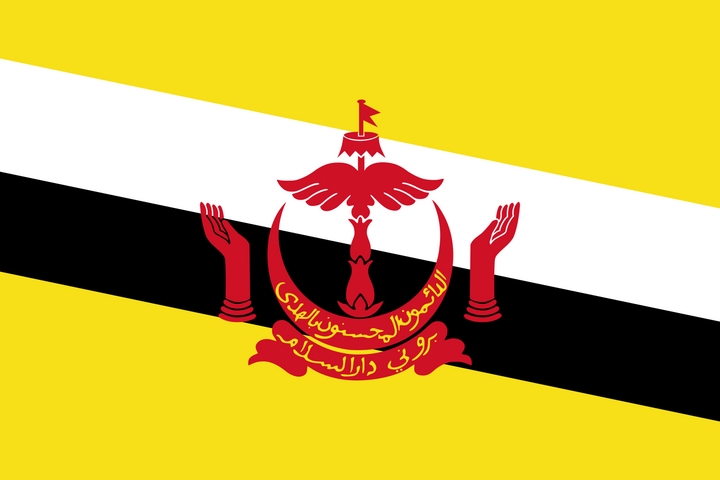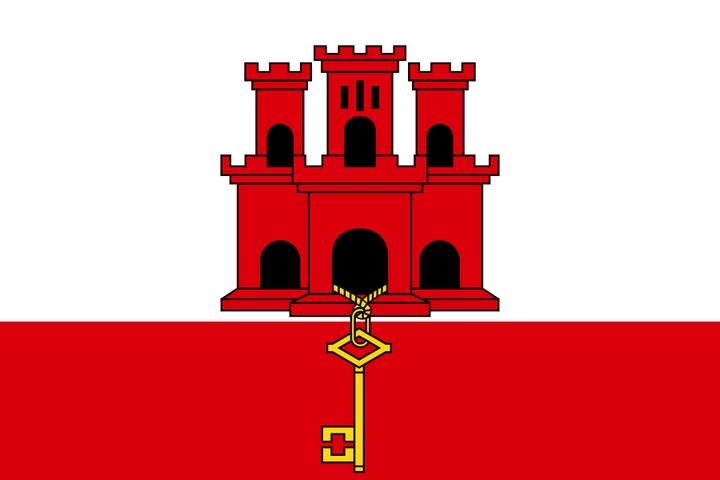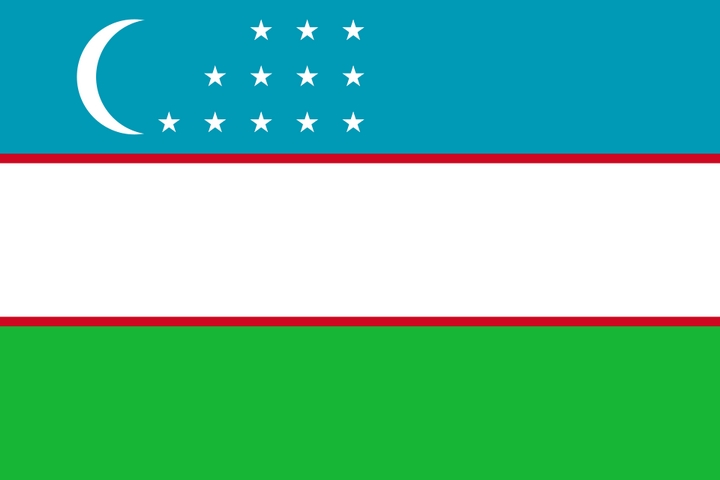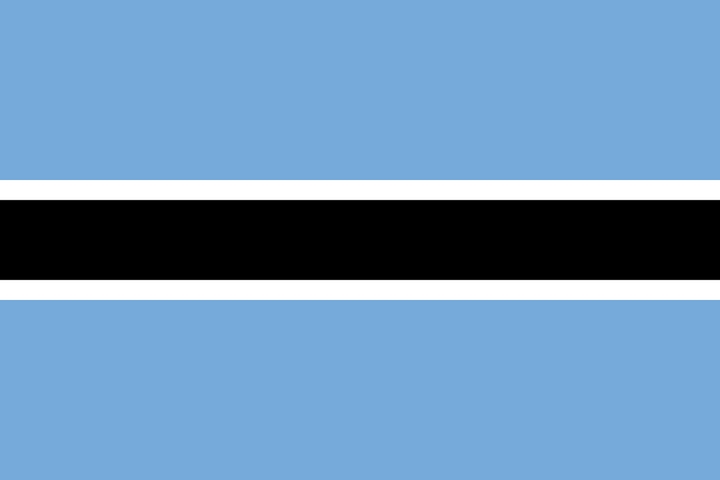
9 Countries Not in Debt and Their Financial Situations
Will debt trigger the next financial crisis? It is difficult to predict what will send the house of cards crashing down, but it is clear that the world – public and private – has taken on too much debt since the Great Recession. We have never seen this much debt before. As we get swamped by debts, many of us turn to payday loans in order to make ends meet.
On a larger scale, even governments are not immune to the crisis of debt. What is even more fascinating is that when the next downturn strikes, governments and central banks will be out of bullets to stimulate their respective economies, except perhaps these countries.
A few years ago, Japan’s national debt made international headlines because it topped one quadrillion yen, or $930 billion. That is a mountainous level of debt that will unlikely ever paid back. In fact, for most indebted countries – the United States, China, Japan, Canada, and several European states – perpetual debt is how we do this. But what about countries with minuscule levels of debt?
Wait a minute…Do they exist? They do – and all over the world, too! Here are nine countries not in debt currently:
1. Hong Kong (Debt-to-GDP: 0.1%)
The economic story of Hong Kong is truly a fascinating one. Despite such a tiny landmass, Hong Kong possesses one of the biggest economies in the world. It is a free market paradise with few regulations, low taxes, and small debt levels. In fact, out of all the major economies of the world, Hong Kong maintains the lowest of them all.

2. Brunei (Debt-to-GDP: 3.1%)
Another country not in debt is Brunei, which is stuck in between a rock and a hard place. Why? Its economy is comprised solely of oil and gas exports. Although the country has attempted to diversify its output, Brunei relies mainly on resources. With crude oil prices hovering around $60 to $70 a barrel, Brunei is still witnessing higher GDP. Unlike other resource-rich nations, however, Brunei is not spending itself into oblivion, hence its low debt.

3. Estonia (Debt-to-GDP: 9.5%)
Estonia has been the envy of Eastern Europe. Thanks to a balanced budget, free-trade policies, and a flat income tax, Estonia’s liberal market reforms have made it an enviable economy in the region. Without being entrenched in petty trade disputes and foreign policy blunders, the country has not contracted the deficit-financed spending illness yet.

4. Saudi Arabia (Debt-to-GDP: 12.4%)
Saudi Arabia has fallen on some hard times as of late, especially because of the state of crude oil prices. But it still remains a heavyweight champion in the Middle East. What is remarkable about Riyadh is that it does maintain a big and intrusive government, yet it is grappling with such low debt levels, which means it could weather the economic storm clouds derived from slumping oil prices.

5. Wallis and Futuna (Debt-to-GDP: 0.00009%)
So, when are you planning your next vacation getaway to Wallis and Futuna? No, this is not an investment house on Wall Street or a law firm, but it is a tiny island nation.
Located between New Zealand and Hawaii, the Oceanic country has a population of 16,000, with most of its economy dependent on agriculture and government jobs. It is grappling with an exodus of young people, which means most of its residents are seniors. The future does not bode well, but at least it will not suffer a sovereign debt crisis with its relatively non-existent debt.

6. New Caledonia (Debt-to-GDP: 6.5%)
Situated on the East Coast of Australia, New Caledonia has a strong economy that can be described as one that stays out of trouble. New Caledonia controls the world’s second-largest nickel reserves, owning about 10% of the planet’s totals. It relies primarily on agricultural imports to supply its food due to the lack of land, but this might not be much of a hurdle for the state.

7. Gibraltar (Debt-to-GDP: 7.5%)
It is situated close to Spain, but Gibraltar is an African nation that has become an imperative strategic location that serves multiple industries: finance, shipping, and tourism. If it were not for its reliance on foreign oil – the country spends $8 billion a year on petroleum – it would have nearly zero debt. But it could be worse; the imported oil costs are mostly passed down to consumers.

8. Uzbekistan (Debt-to-GDP: 11%)
Not too many families have dinner-table discussions about Uzbekistan. But the country was in quite the political upheaval nearly a decade ago, and it dominated headlines when it became a joke in the 2012 United States presidential campaign. That said, Uzbekistan should not be a joke since it is a close trading partner to one of the international community’s top villains. It does have a Soviet-style economy, but it also enjoys minuscule debt levels.

9. Botswana (Debt-to-GDP: 13.9%)
Botswana is one of the few success stories in Africa. A free-market economy, minimal government corruption, and thriving industries, Botswana should be the model to emulate on the struggling continent. When it comes to its fiscal situation, it might also be a model for the rest of the world to mirror, too, because it has the lowest levels of debt in the region.

